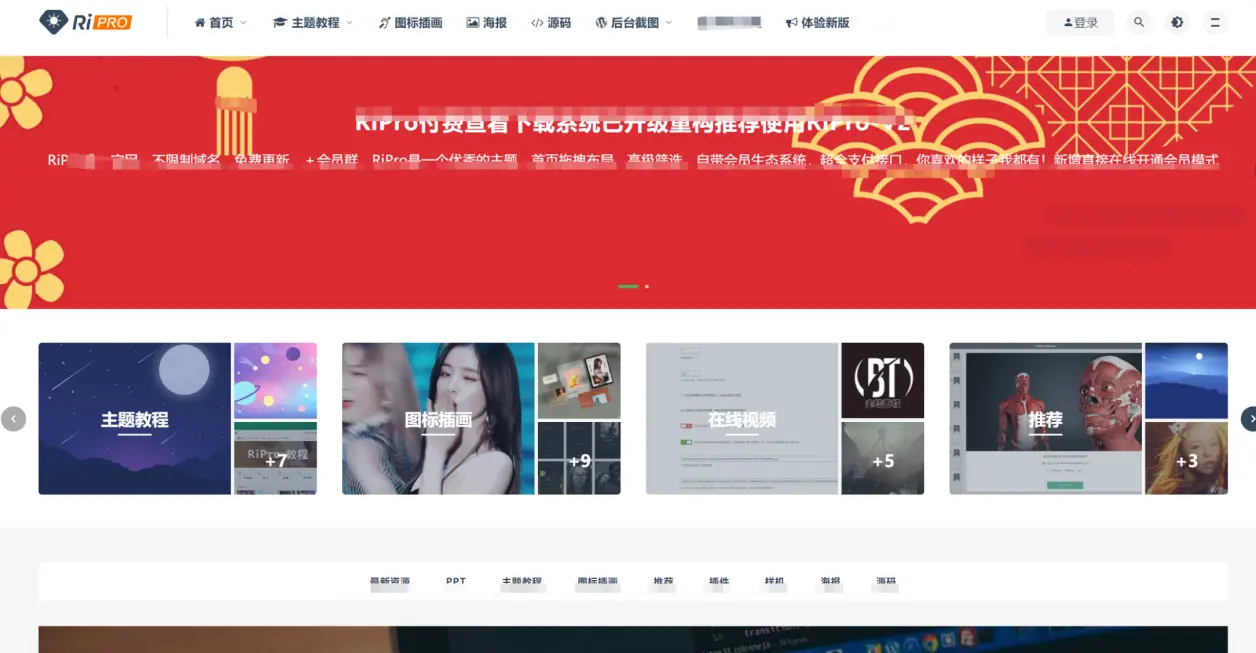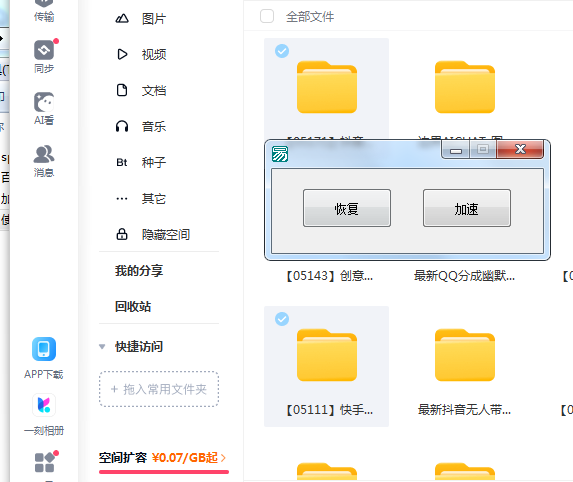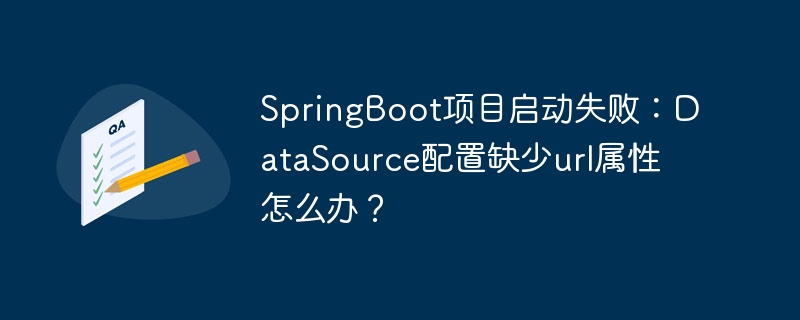要实现文件下载进度条,需前后端协作。前端使用xmlhttprequest或fetch监听下载进度,并更新ui;后端需设置content-Length头并分块传输数据。具体步骤如下:1. 前端发起请求并监听进度事件;2. 根据获取的loaded与total计算百分比,更新进度条;3. 后端设置响应头并分块读取文件发送数据。若需支持断点续传,则需:1. 后端处理range请求,返回对应字节范围的数据;2. 前端记录已下载字节数并在中断后继续请求剩余部分;3. 错误时捕获并重试。优化用户体验方面可考虑:1. 显示剩余时间;2. 支持暂停/恢复下载;3. 分片并行下载;4. 提供清晰错误提示;5. 使用service worker后台下载。以上措施能有效提升用户对下载过程的掌控感和满意度。

文件下载进度条的实现,核心在于监听下载过程中的数据变化,并将其可视化。简单的说,就是告诉用户“我还在下载,别着急!”。

解决方案

实现文件下载进度,主要涉及前端与后端两个部分。

前端(JavaScript):
-
发起下载请求: 使用 XMLHttpRequest 或 fetch API 发起下载请求。fetch 相对更简洁,但 XMLHttpRequest 在处理进度事件方面更成熟。
-
监听进度事件: 重点来了!XMLHttpRequest 提供了 progress 事件,可以实时获取下载进度。fetch 则需要通过 ReadableStream 来读取数据,并计算进度。
-
更新进度条: 根据获取到的进度数据,更新页面上的进度条。
后端(Node.JS 示例):
-
设置响应头: 确保设置了 Content-Length 响应头,前端才能知道文件总大小。
-
分块读取文件: 使用 fs.createReadStream 分块读取文件,避免一次性加载到内存。
-
发送数据: 将读取到的数据块发送给客户端。
代码示例 (XMLHttpRequest):
function downloadFile(url, progressBarId) { const xhr = new XMLHttpRequest(); xhr.open('GET', url, true); xhr.responseType = 'blob'; // 重要! xhr.onload = function() { if (xhr.status === 200) { const blob = xhr.response; const url = window.URL.createObjectURL(blob); const a = document.createElement('a'); a.href = url; a.download = 'your_file.zip'; // 设置下载文件名 document.body.appendChild(a); a.click(); a.remove(); window.URL.revokeObjectURL(url); } }; xhr.onprogress = function(event) { if (event.lengthComputable) { const percentComplete = (event.loaded / event.total) * 100; document.getElementById(progressBarId).value = percentComplete; console.log(`下载进度: ${percentComplete}%`); } }; xhr.send(); } // 调用示例 downloadFile('/path/to/your/file.zip', 'myProgressBar');
代码示例 (fetch):
async function downloadFileFetch(url, progressBarId) { const response = await fetch(url); const reader = response.body.getReader(); const contentLength = response.headers.get('Content-Length'); let receivedLength = 0; let chunks = []; while(true) { const {done, value} = await reader.read(); if (done) { break; } chunks.push(value); receivedLength += value.length; const percentComplete = (receivedLength / contentLength) * 100; document.getElementById(progressBarId).value = percentComplete; console.log(`下载进度: ${percentComplete}%`); } const blob = new Blob(chunks); const url = window.URL.createObjectURL(blob); const a = document.createElement('a'); a.href = url; a.download = 'your_file.zip'; document.body.appendChild(a); a.click(); a.remove(); window.URL.revokeObjectURL(url); } // 调用示例 downloadFileFetch('/path/to/your/file.zip', 'myProgressBar');
如何处理大文件下载中断的问题?
大文件下载最怕的就是网络中断。断点续传是关键。这需要后端支持,前端也需要做相应处理。
-
后端支持 Range 请求: 后端需要支持 Range 请求头,允许客户端指定从文件的哪个位置开始下载。
-
前端记录已下载字节数: 前端需要记录已经下载的字节数,并在下次请求时,将 Range 请求头设置为 bytes=已下载字节数-。
-
错误处理: 捕获下载错误,并在网络恢复后,重新发起请求,携带 Range 请求头。
后端 Node.js 示例 (支持 Range 请求):
const fs = require('fs'); const http = require('http'); const path = require('path'); const server = http.createServer((req, res) => { const filePath = path.resolve(__dirname, 'your_large_file.zip'); const stat = fs.statSync(filePath); const fileSize = stat.size; const range = req.headers.range; if (range) { const parts = range.replace(/bytes=/, "").split("-"); const start = parseInt(parts[0], 10); const end = parts[1] ? parseInt(parts[1], 10) : fileSize - 1; const chunkSize = (end - start) + 1; const file = fs.createReadStream(filePath, { start, end }); const head = { 'Content-Range': `bytes ${start}-${end}/${fileSize}`, 'Accept-Ranges': 'bytes', 'Content-Length': chunkSize, 'Content-Type': 'application/zip', // 根据文件类型修改 }; res.writeHead(206, head); // 206 Partial Content file.pipe(res); } else { const head = { 'Content-Length': fileSize, 'Content-Type': 'application/zip', // 根据文件类型修改 }; res.writeHead(200, head); fs.createReadStream(filePath).pipe(res); } }); server.listen(3000, () => { console.log('Server listening on port 3000'); });
前端代码修改 (XMLHttpRequest,支持断点续传):
function downloadFileWithResume(url, progressBarId) { let downloadedBytes = localStorage.getItem('downloadedBytes') || 0; downloadedBytes = parseInt(downloadedBytes); const xhr = new XMLHttpRequest(); xhr.open('GET', url, true); xhr.responseType = 'blob'; xhr.setRequestHeader('Range', `bytes=${downloadedBytes}-`); xhr.onload = function() { if (xhr.status === 206 || xhr.status === 200) { const blob = xhr.response; const url = window.URL.createObjectURL(blob); const a = document.createElement('a'); a.href = url; a.download = 'your_file.zip'; document.body.appendChild(a); a.click(); a.remove(); window.URL.revokeObjectURL(url); localStorage.removeItem('downloadedBytes'); // 下载完成,移除记录 } }; xhr.onprogress = function(event) { if (event.lengthComputable) { const total = event.total + downloadedBytes; // 总大小需要加上已下载的 const loaded = event.loaded + downloadedBytes; // 已加载的需要加上已下载的 const percentComplete = (loaded / total) * 100; document.getElementById(progressBarId).value = percentComplete; console.log(`下载进度: ${percentComplete}%`); localStorage.setItem('downloadedBytes', loaded); // 记录已下载字节数 } }; xhr.onerror = function() { console.error('下载出错,稍后重试'); }; xhr.send(); } // 调用示例 downloadFileWithResume('/path/to/your/file.zip', 'myProgressBar');
如何优化大文件下载的用户体验?
除了进度条,还可以考虑以下优化:
-
显示剩余时间: 根据下载速度和剩余大小,估算剩余下载时间。
-
允许暂停和恢复: 提供暂停和恢复下载的功能,方便用户控制。
-
分片下载: 将文件分成多个小片并行下载,提高下载速度 (需要后端支持)。
-
错误提示: 提供清晰的错误提示信息,例如网络错误、服务器错误等。
-
后台下载: 使用 Service Worker 实现后台下载,即使关闭页面也能继续下载。这个比较复杂,需要深入了解 Service Worker 的相关知识。
记住,用户体验至关重要。一个清晰的进度条,加上合理的错误提示,能大大提升用户对下载过程的感知和满意度。


















